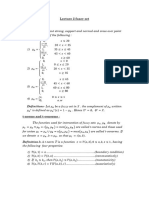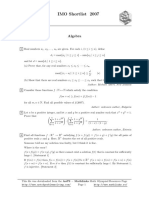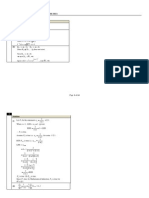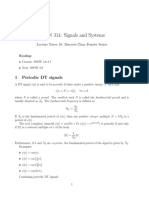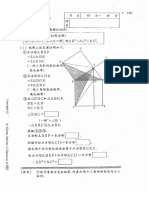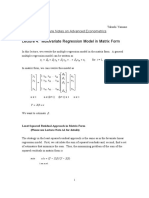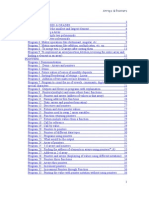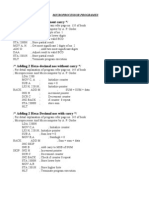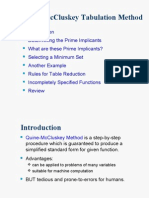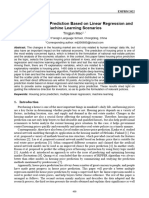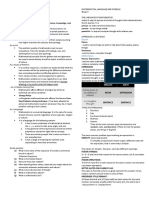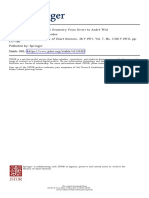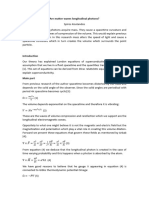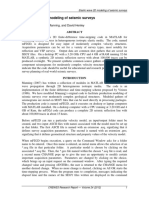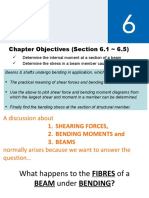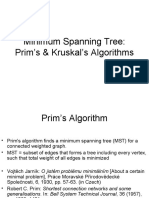0% found this document useful (0 votes)
505 views15 pagesProbc
This document discusses properties of expectations and variances of random variables. It covers:
1) How expectations and variances behave when combining random variables through addition or subtraction.
2) The definitions and properties of sample means, variances, and covariances of independent random variables.
3) How to simulate random variable values using their cumulative distribution functions and uniform random numbers. Examples are provided for various distributions like normal, exponential, and others.
Uploaded by
api-3756871Copyright
© Attribution Non-Commercial (BY-NC)
We take content rights seriously. If you suspect this is your content, claim it here.
Available Formats
Download as PDF, TXT or read online on Scribd
0% found this document useful (0 votes)
505 views15 pagesProbc
This document discusses properties of expectations and variances of random variables. It covers:
1) How expectations and variances behave when combining random variables through addition or subtraction.
2) The definitions and properties of sample means, variances, and covariances of independent random variables.
3) How to simulate random variable values using their cumulative distribution functions and uniform random numbers. Examples are provided for various distributions like normal, exponential, and others.
Uploaded by
api-3756871Copyright
© Attribution Non-Commercial (BY-NC)
We take content rights seriously. If you suspect this is your content, claim it here.
Available Formats
Download as PDF, TXT or read online on Scribd
/ 15














